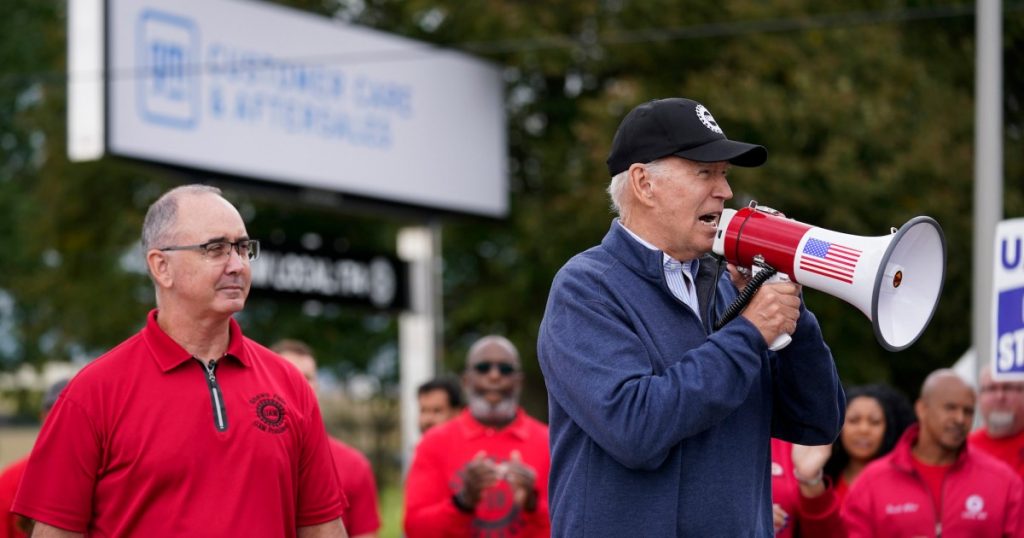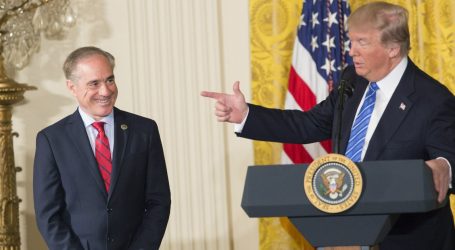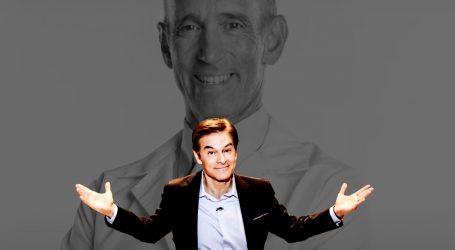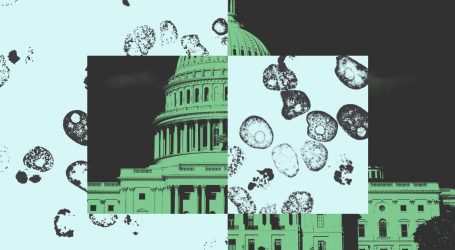“Folks, Stick With It”: Biden Becomes the First US President to Visit a Picket Line
President Joe Biden with UAW President Shawn Fain on Tuesday.Evan Vucci/AP
Fight disinformation: Sign up for the free Mother Jones Daily newsletter and follow the news that matters.Joe Biden became the first president in US history to visit a picket line in support of union workers when he joined UAW members on Tuesday during their strike against the Big Three automakers.
“The fact of the matter is that you guys—the UAW—you saved the automobile industry back in 2008 and before,” Biden said to workers in Michigan. “Made a lot of sacrifices. Gave up a lot. And the companies were in trouble. Now they’re doing incredibly well. And guess what? You should be doing incredibly well, too. It’s a simple proposition.”
“Folks, stick with it. You deserve a significant raise and other benefits,” he said through a megaphone, while wearing a UAW baseball cap. “Let’s get back what we lost.”
President Biden joins the UAW picket line in Detroit in solidarity with striking autoworkers:
“You deserve the significant raise you need and other benefits.” pic.twitter.com/LPKBTpSWtw
— The Recount (@therecount) September 26, 2023
Biden was joined by UAW President Shawn Fain, a reformer who has taken the union in a more militant direction after being elected earlier this year. “This is a historic moment—the first time in our country’s history that a sitting USA president has came out and stood on the picket line,” Fain said. “Our president has chosen to stand up with workers in our fight for economic and social justice.”
Fain said that the site of the picket in Van Buren Township once played a key role in the “arsenal of democracy” by producing B-24 bombers during World War II. A new kind of war is being fought today, he explained. “Today, the enemy isn’t a foreign country miles away,” Fain said. “It’s right here in our own area: It’s corporate greed.”
The visit comes one day before Donald Trump is scheduled to speak at Drake Enterprises, a non-union parts manufacturer north of Detroit. Trump is trying to position himself as a champion for autoworkers, even though his administration consistently undermined the rights of union workers. He argues that he will save the auto industry by blocking a transition to the electric vehicles that he says will “automatically” be made in China. It’s not a serious longterm strategy, but it has the potential appeal to workers concerned that the Biden administration’s EV push will hurt union labor. Fain has been critical of Trump’s visit, saying that every “fiber of our union is being poured into fighting the billionaire class and an economy that enriches people like Donald Trump at the expense of workers.”
Biden has echoed the UAW’s demands since the strike began earlier this month, arguing the record profits should “mean record contracts for the UAW.” The president’s support came after Fain criticized the Biden administration this summer for awarding more than $9 billion in loans for Ford and its South Korean partner, SK On, to build battery plants in the South without including provisions to protect union jobs. The administration is pushing to show the UAW, which has not yet endorsed Biden, that it is committed to a “just transition” to electric vehicles.
Before taking office, Biden pledged to be the “most pro-union” president in history. On his first day in office, he broke with precedent by firing Peter Robb, the Trump-era general counsel at the National Labor Relations Board. Biden replaced Robb with NLRB veteran Jennifer Abruzzo in what is seen as perhaps his most important move in support of organized labor.
He later supported workers trying to unionize an Amazon warehouse in Bessemer, Alabama. Nelson Lichtenstein, a labor historian who leads the Center for the Study of Work, Labor, and Democracy at the University of California–Santa Barbara, said at the time that Biden’s backing of an ongoing union drive hadn’t happened in his lifetime.
Still, Biden frustrated union supporters late last year by stepping in to block a strike by rail workers. “Biden’s rhetoric about being the most pro-union president since FDR is fine, but not so important, certainly not after his action on the rail strike,” Lichtenstein said via email last week. “He could in fact seal the deal if the UAW wins something decisive in the next few weeks.”
The UAW is seeking to regain pay and benefits they gave up to help the Big Three recover after the Obama administration bailed out Chrysler (now Stellantis) and General Motors during the Great Recession. The union is pushing for: an end to tiered wages that divide union members; major pay increases; a restoration of cost-of-living adjustments and defined-benefit pension plans; a four-day work week; and the right to strike over plant closures. The companies have made $250 billion in profits over the past decade and recorded an additional $21 billion in profit during the first half of this year.
The strike began when the Big Three and the UAW were unable to reach a deal before their four-year agreements expired on September 15. Roughly 13,000 UAW members at three plants owned by Ford, General Motors, and Stellantis initially went on strike.
Fain said last week that Ford has now made significant concessions, such as agreeing to restore cost-of-living adjustments that protect workers from inflation. On Friday, the UAW responded to the lack of progress at GM and Stellantis by expanding the strike to 38 parts distribution centers owned by the two companies. The facilities, which are spread across 20 states from coast to coast, employ about 5,500 UAW members.
In the past, the UAW has targeted one member of the Big Three then pushed the other two to adopt the initial agreement. This is the first time that the union is targeting all three at once. The new targeted strategy allows union leaders to expand the strike as needed, preserve funds, and keep executives guessing about which plants will go offline next. In total, only about 18,000 of the roughly 150,000 UAW members at the Big Three have struck so far. The union has yet to target plants that make the pickup trucks that are essential to the bottom lines of the Big Three.
Fain has made clear that he sees the strike as part of a much larger struggle. “I see these CEOs try to justify a system where they take all the profit and the workers are left to fight for the scraps and live paycheck to paycheck. That’s got to end. They say they deserve all the profit because they say they’re different. You know what? They are different,” he said as Biden looked on. “These CEOs sit in their offices. They sit in meetings and they make decisions. But we make the product.”





